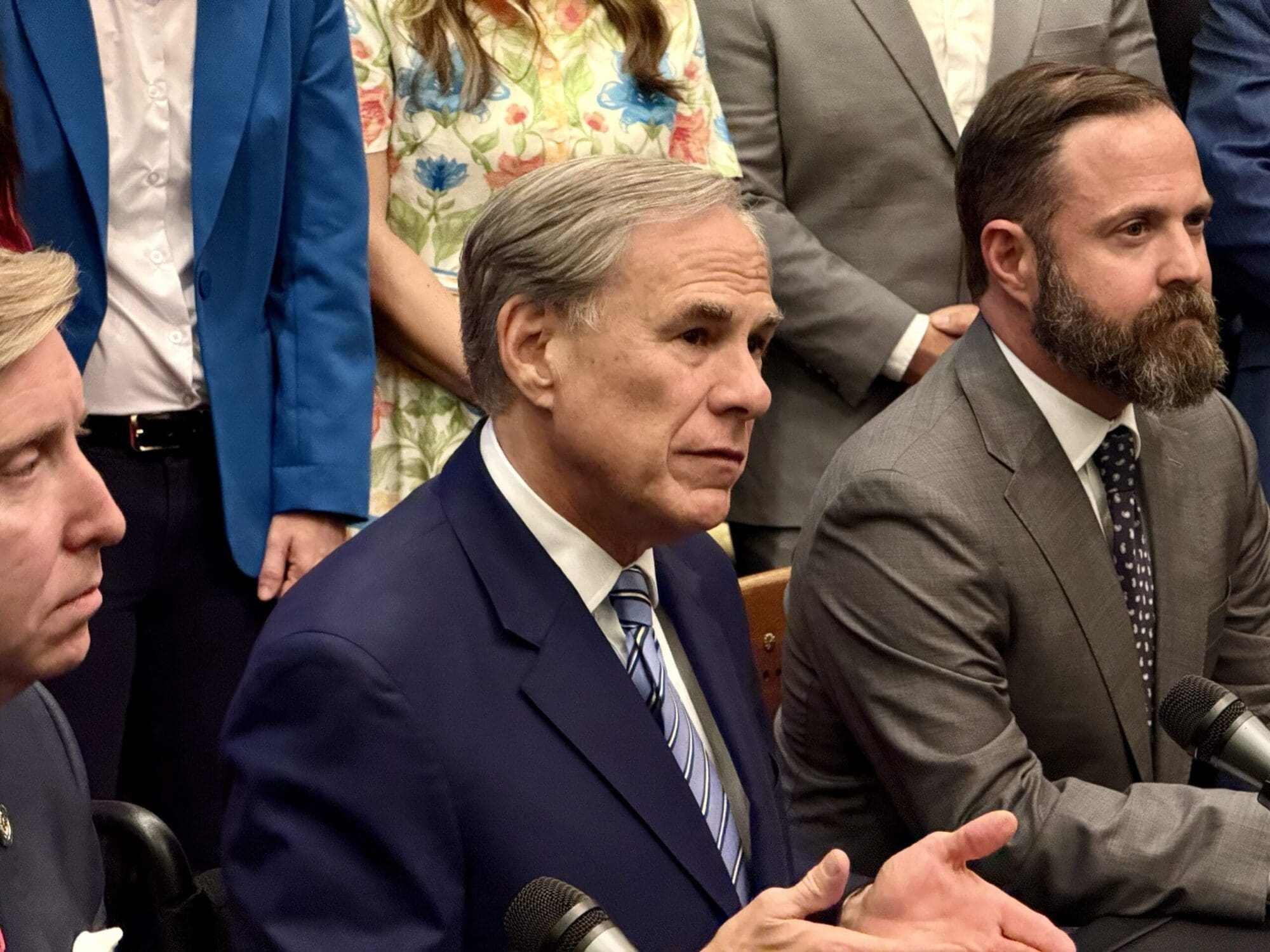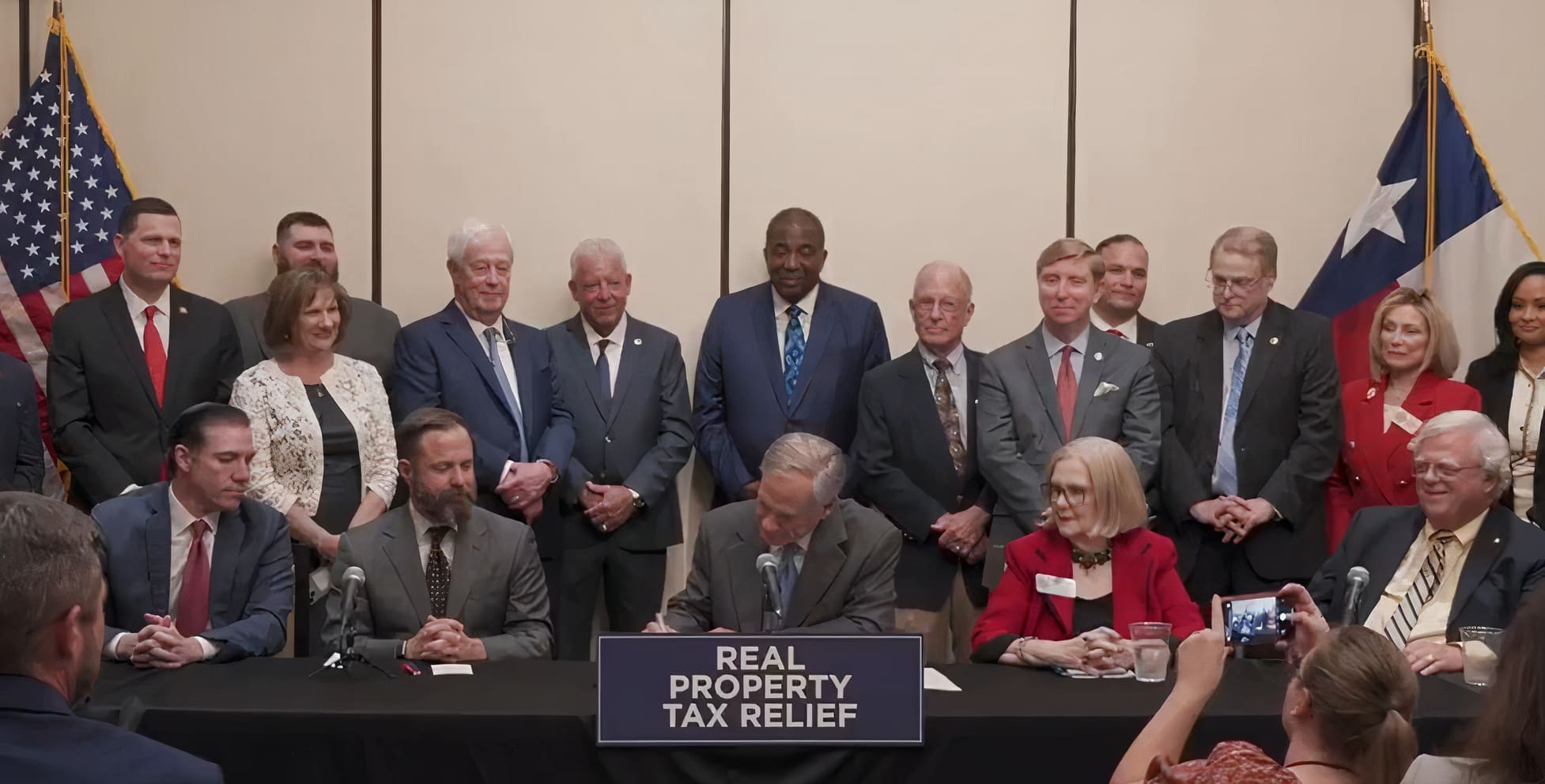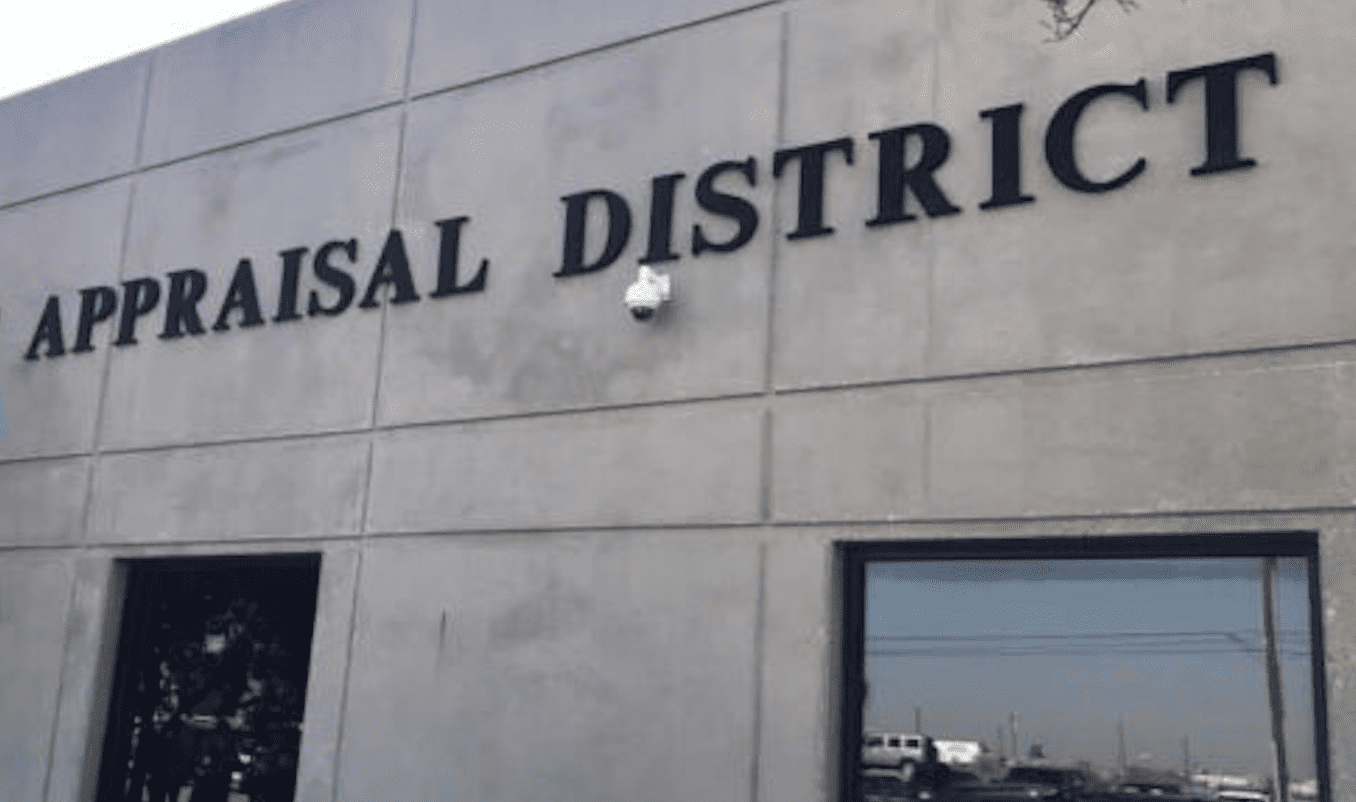In 2016, property values in Collin County increased by an average of 8.9%. No doubt, with the move of Toyota and other large companies to the County, it’s a great place to live in, and in great demand, which drives property values up. However, there is a downside to the increase in values: even while keeping similar tax rates, actual property taxes increased by almost 10%.
An increase in property values – and higher local property taxes – does not automatically translate into an increase in local school expenditures.
In general, local taxing entities (Counties, Cities, School Districts) can lower their tax rate to the effective tax rate and keep taxpayers “whole.” For example, Plano ISD (PISD) collected $1.17 for every $100 of taxable property value in 2015-16 for maintenance and operations (M&O). Since PISD’s M&O budget is not expected to increase in 2016-17, the district could have, theoretically, lowered the tax rate to approximately $1.07, collect the same dollar amount, and keep a balanced budget.
So far so good, until Texas Education Code Chapter 41 (“Robin Hood”) enters the equation. “Property Rich” districts (in terms of assessed property value per student) such as PISD are subject to state “recapture” and must pay a part of their taxes to the state to presumably be redistributed to “poor” districts. And here lies the problem.
The complex formula used by the state to calculate recapture values requires a district to increase its Robin Hood payment any time its property value per student increases.
The recent increase in property values is expected to contribute an additional $40.8 million in local M&O tax collections for PISD for 2016-17. However, the district’s net recapture payment will increase by $44.6 million. In other words, the state “eats” more than the entire increase in M&O tax collection. And the worst part? Even if PISD decided to reduce the tax rate from the current $1.17 to $1.07, giving up the $40.8 million increase in collections, the formula shows it will still have to pay the state an additional $26.3 million, leaving the district with a budget shortfall compared to the year before.
The biggest expense item in PISD’s budget is “Instruction” (65%). The second biggest? Chapter 41 Recapture (17.7%). The district and its students get nothing for the latter, despite local taxpayers paying more.
Seven of the sixteen districts in Collin County are “Chapter 41” districts, subject to state recapture, who collectively paid the state $1.472 billion since “Robin Hood” legislation was enacted in 1993. PISD alone paid 91% of that. In fact, three out of 1,000+ Texas Districts (Austin, Plano, Highland Park) generated 23.2% of all recapture dollars since “Robin Hood” legislation was enacted.
Why is that such a big deal? Because PISD represents 64% of your property taxes, and the district’s M&O budget, subject to recapture, represents 52% of your property taxes.
An interesting thought: the cost of education in the State of Texas didn’t go up by 8.9%. Why does the state need this money? What will it do with it? Let’s just call it what it is: it is a state property tax. Nothing else. Except that the state uses school districts to collect it.





